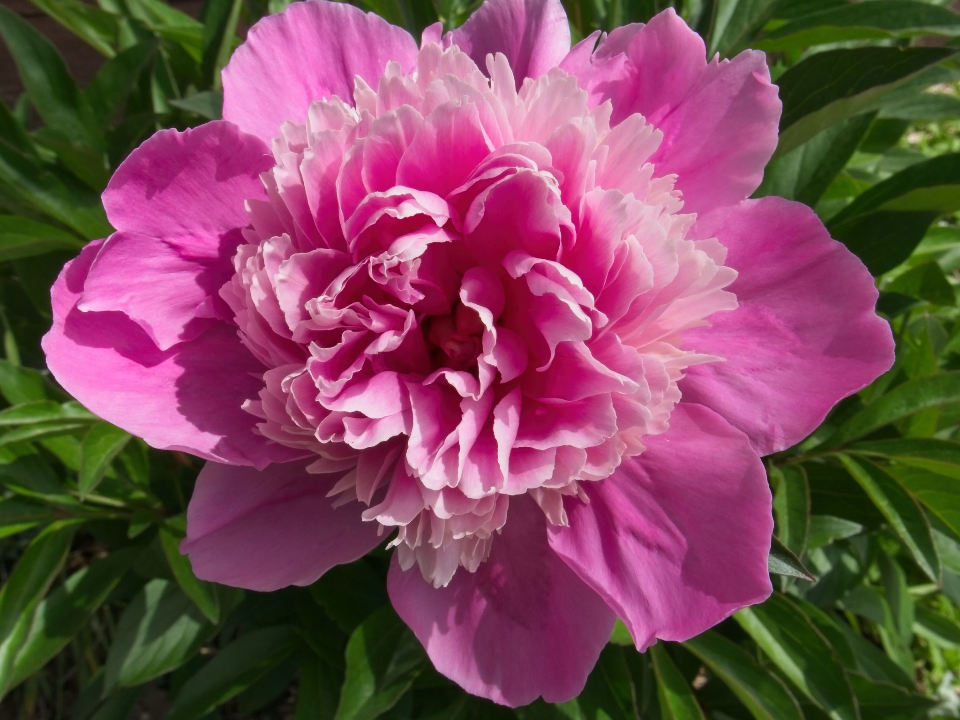19 Stunning Pink Perennials to Brighten Your Garden Year-Round
Peonies are a favorite among gardeners, with their large, fragrant blooms and vibrant pink hues. These perennial flowers bloom in late spring and early summer, offering a stunning burst of color in any garden. The blooms can be single or double and are known for their round, lush petals that create a soft, romantic look. The flowers attract pollinators, including bees and butterflies, making them a great addition to any garden.
Peonies thrive in full sun and well-drained soil, and they are quite hardy once established. They can live for many years, with some varieties lasting for decades. Their large blooms make them perfect for floral arrangements, and their foliage provides interest even when the flowers are not in bloom. Peonies are easy to care for, making them an ideal choice for gardeners of all levels.
This post may contain affiliate links, which helps keep this content free. Please read our disclosure for more info.
Rose (Rosa)
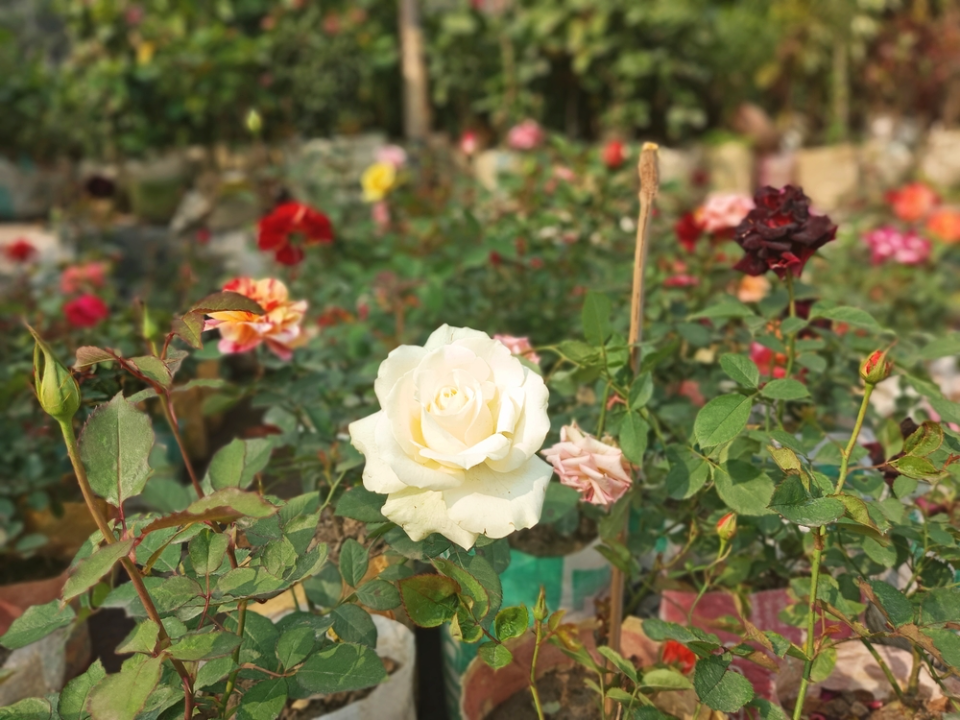
Roses are timeless and versatile, offering a wide range of pink varieties that bloom in spring and summer. Known for their elegance, roses come in shades from soft pastel pinks to deep, vibrant pinks. These flowers thrive in sunny locations and need rich, well-drained soil to flourish. Roses are perfect for adding a touch of sophistication to gardens or as part of a mixed flower bed.
Roses need regular care, including pruning and disease management, but with proper attention, they reward gardeners with beautiful flowers throughout the growing season. They can be grown as bushes, climbers, or ground covers, making them suitable for various garden styles. Their sweet fragrance and stunning appearance make them a must-have in any pink perennial collection.
Blazing Star (Liatris spicata)
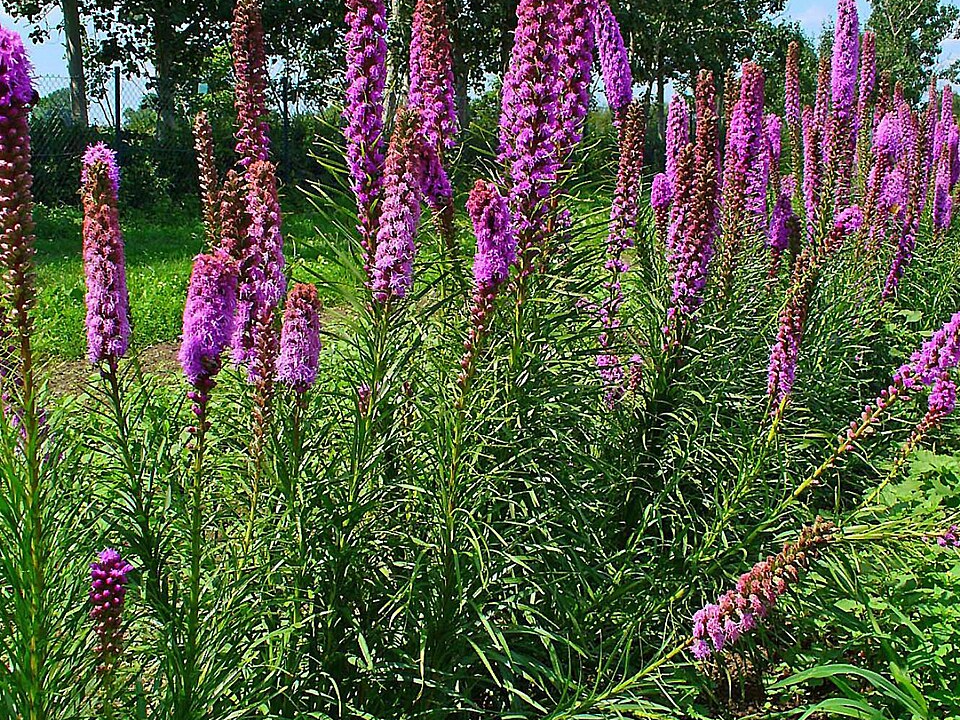
Blazing star, also known as gayfeather, is a striking perennial with spiky pink flower clusters that bloom from mid to late summer. The flowers appear on tall, narrow stems that create a vertical element in the garden. The blooms attract pollinators such as bees and butterflies, which makes it a great choice for wildlife-friendly gardens. Blazing star thrives in full sun and well-drained soil, and it is drought-tolerant once established.
This plant grows best in sandy or loamy soils, and it can tolerate a range of soil conditions, making it versatile for many different garden settings. Blazing star’s bright pink flowers stand out against its grassy foliage, offering both color and texture. It also looks great when planted in groups or as a background plant in a perennial border.
Astilbe (Astilbe spp.)
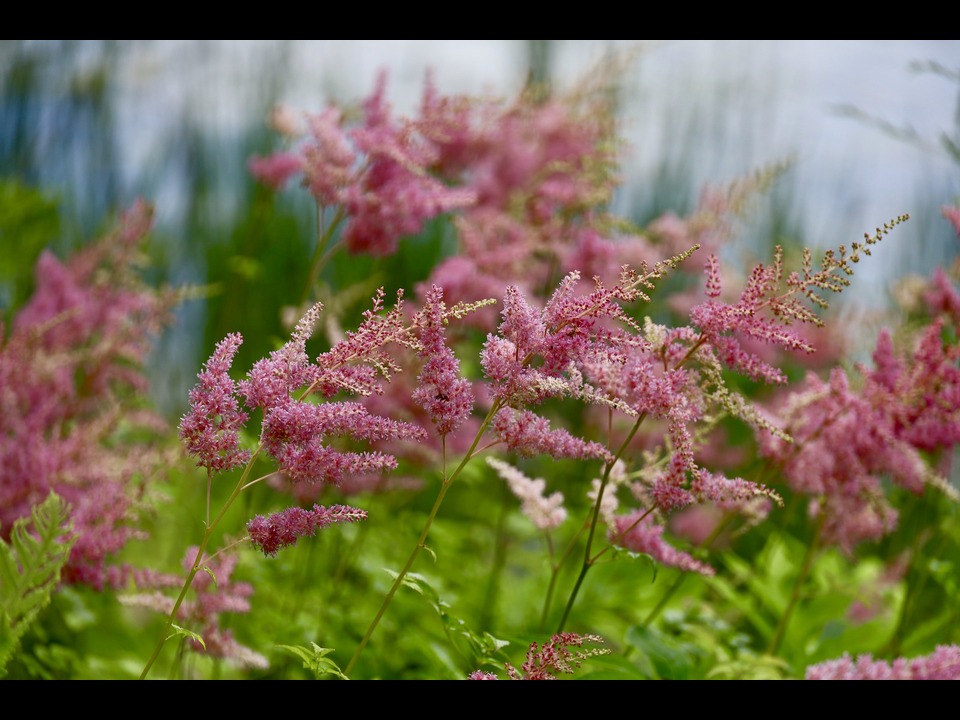
Astilbes are known for their feathery, plume-like flower clusters, which come in soft pink shades. These plants bloom in late spring to early summer and can add a delicate, airy feel to shaded or partially shaded areas of the garden. Astilbes are particularly popular for their ability to thrive in moist, well-drained soil, making them ideal for areas with higher humidity or regular irrigation.
Astilbes work well in woodland gardens or along the edges of ponds, where they can help create a lush, romantic atmosphere. In addition to their beautiful flowers, their fern-like foliage remains attractive throughout the growing season. With a range of pink hues available, there is an astilbe for nearly every garden style.
Coneflower (Echinacea purpurea)
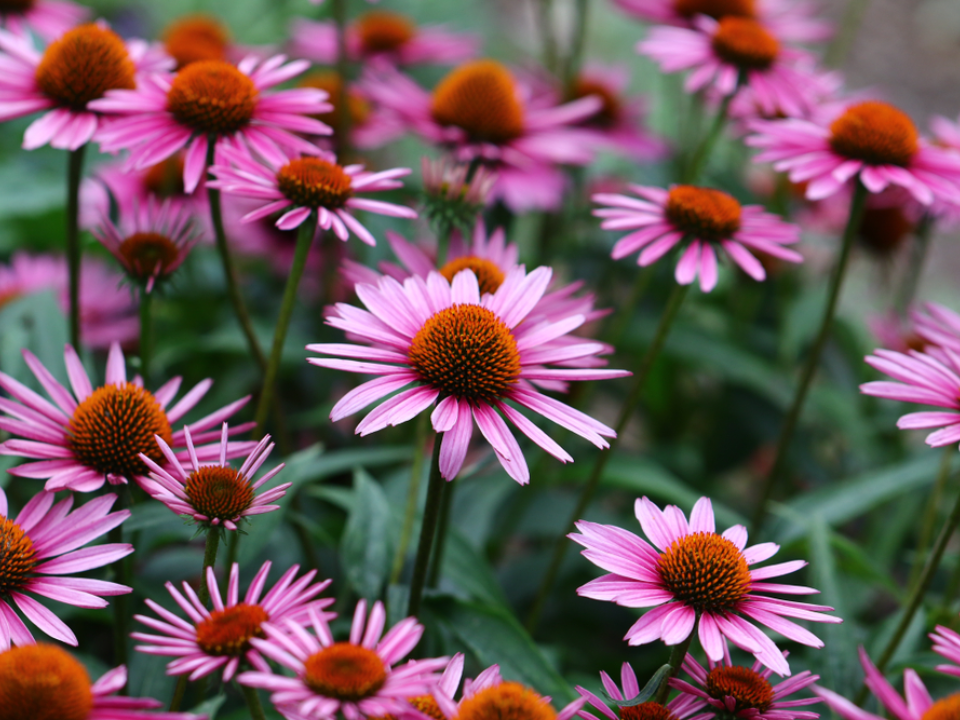
Coneflowers are hardy perennials that bloom in mid to late summer, offering vibrant pink petals surrounding a dark, spiny center. These flowers are not only beautiful but also attract pollinators like bees and butterflies, making them a great addition to wildlife gardens. Coneflowers thrive in full sun and well-drained soil, and they are drought-tolerant once established.
In addition to their beauty, coneflowers are low-maintenance plants that can thrive in a variety of garden conditions. Their strong, upright stems and bold flowers add structure and color to garden beds. As an added bonus, their seeds provide food for birds in the fall, making them a great year-round plant.
Geranium (Geranium spp.)
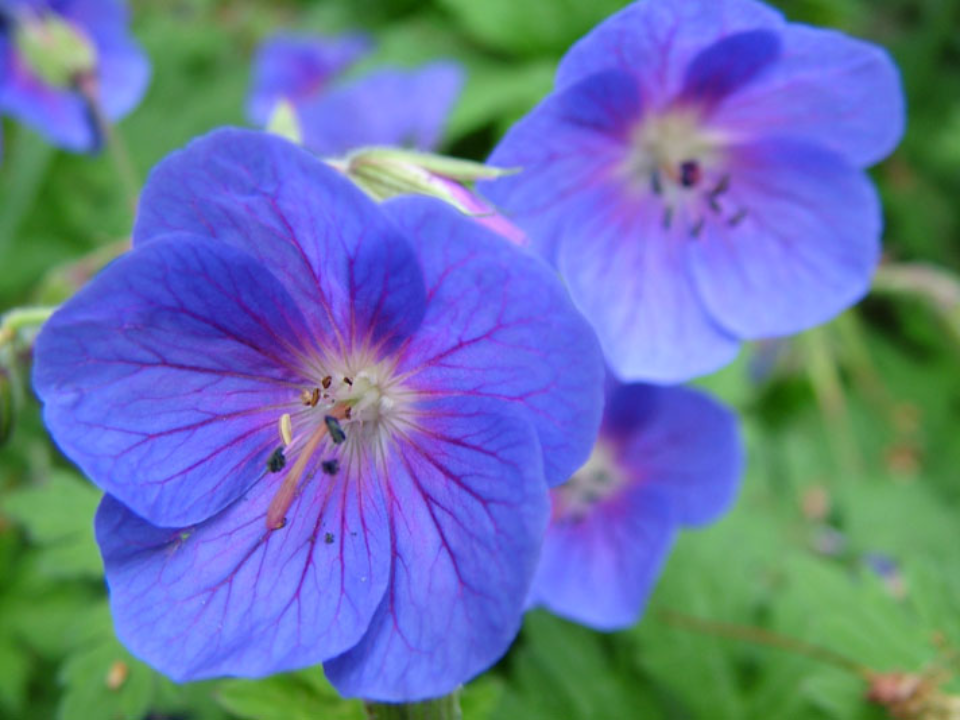
Geraniums are versatile perennial flowers that bloom in shades of pink throughout the growing season. Known for their delicate, round petals and compact growth habit, geraniums make great ground covers or edging plants. They thrive in sunny spots with well-drained soil, and their long blooming period makes them a favorite for gardeners seeking consistent color in their landscapes.
These flowers have a slightly fragrant, medicinal scent, which adds another layer of appeal to their soft, pink blooms. Geraniums can also handle a bit of shade, making them an excellent choice for less sunny spots. Their low-maintenance care makes them ideal for gardeners who want beauty without a lot of effort.
Lobelia (Lobelia erinus)
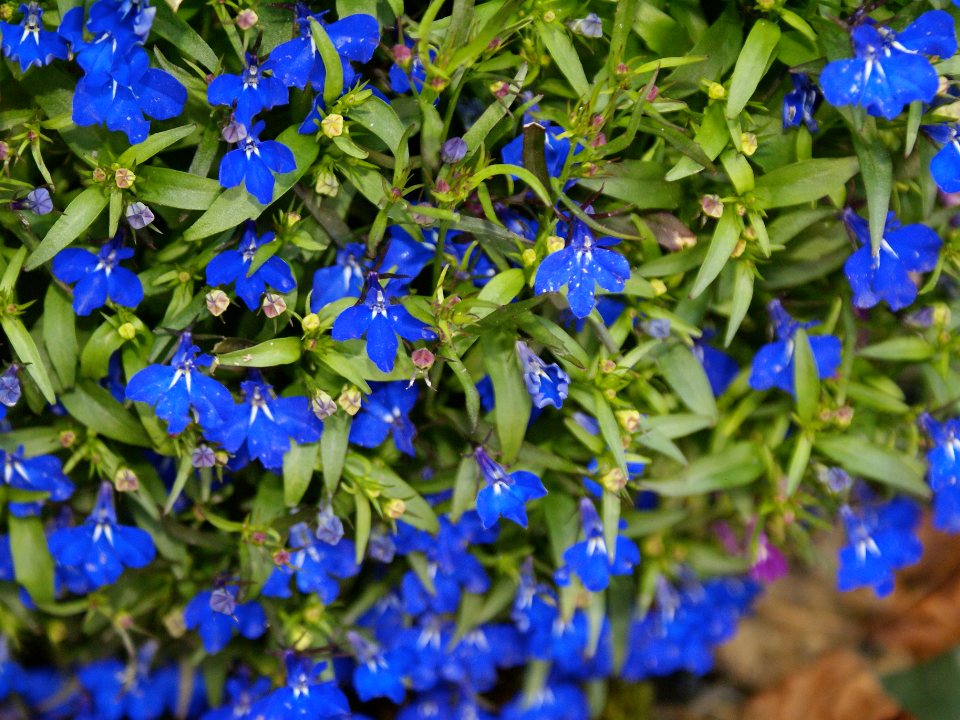
Lobelia is a charming perennial that offers cascading, bell-shaped pink flowers in late spring to summer. It is often used as a hanging basket or container plant, though it can also thrive in garden beds where it will trail over the edges. The flowers are small but numerous, creating a soft, delicate effect that works well in both formal and informal gardens.
Lobelia prefers moist, well-drained soil and full to partial sun. It is a great choice for hanging baskets, window boxes, or as a border plant. While it requires a bit more water than some other perennials, its vivid pink blooms and cascading form make it a standout in the garden.
Sedum (Sedum spp.)
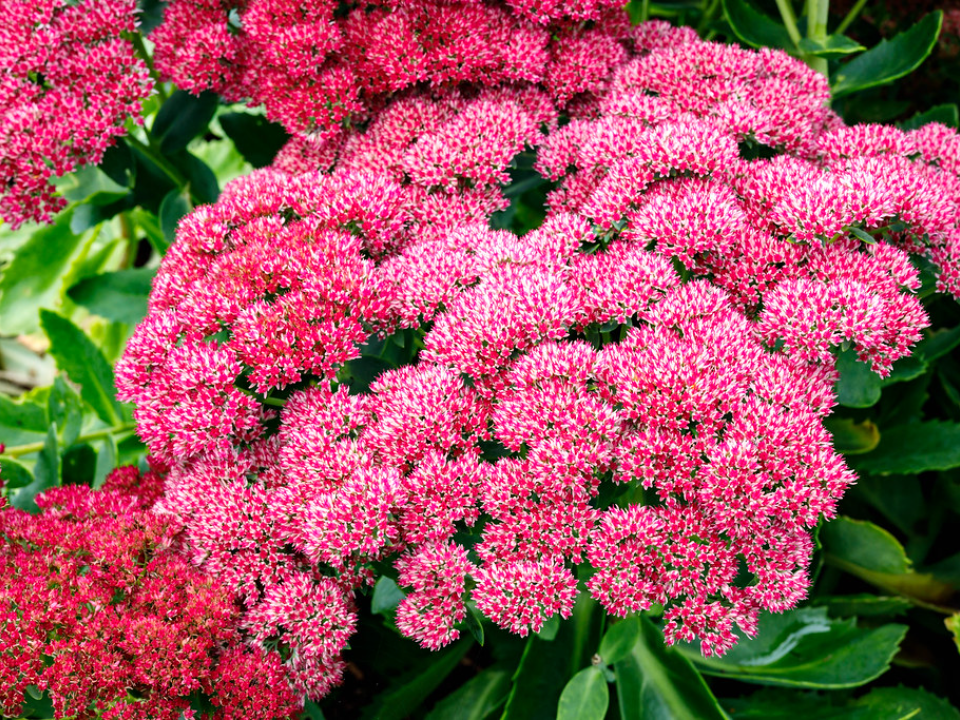
Sedum, also known as autumn joy, is a succulent perennial that blooms in late summer to fall. Its clusters of pink flowers create a beautiful contrast against its fleshy, blue-green leaves. Sedum is a tough plant that thrives in full sun and well-drained soil, and it is highly drought-tolerant, making it perfect for low-maintenance gardens.
Sedum’s ability to withstand dry conditions makes it an ideal choice for xeriscaping or garden areas where water conservation is important. The flowers start off as pink buds and gradually deepen into a rich, rosy hue as the season progresses. Its hardy nature and ability to attract pollinators, such as bees and butterflies, make it a great addition to any garden.
Daylily (Hemerocallis spp.)
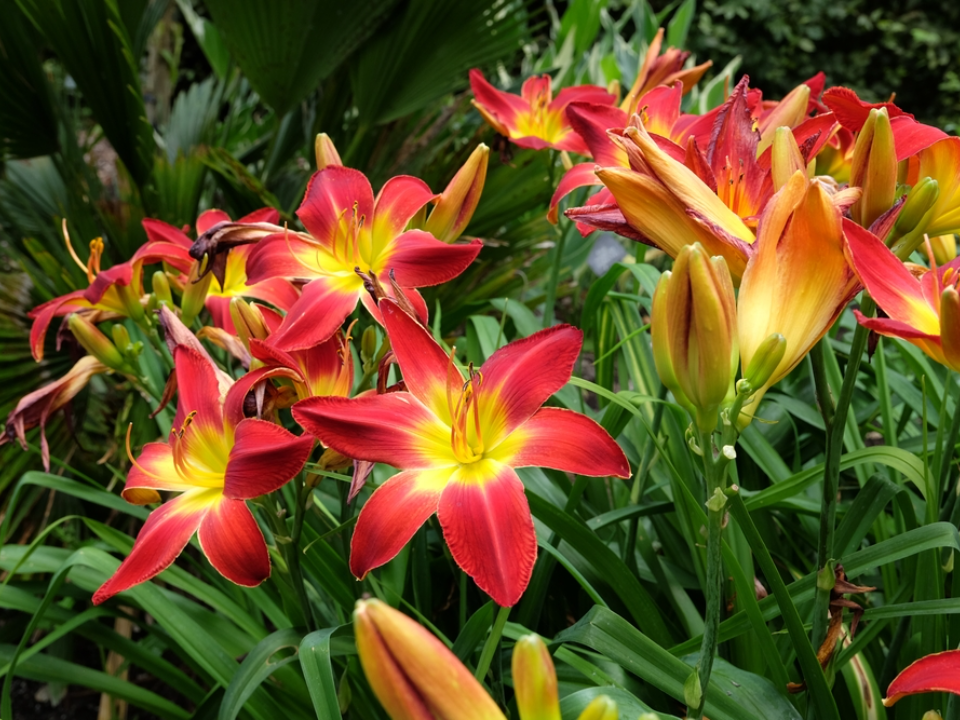
Daylilies are vibrant perennials that bloom profusely in mid to late summer, with pink varieties offering cheerful pops of color in the garden. The flowers come in a variety of shades, from soft blush pink to deeper magenta, and each bloom lasts only a day, though the plant produces many blooms over a long period. Daylilies are known for their resilience and can thrive in a range of soil conditions, including both moist and dry environments.
Daylilies are perfect for beginner gardeners due to their low-maintenance nature and their ability to tolerate a variety of growing conditions. They work well in borders, containers, or as part of a wildflower garden. Their strong, upright stems and beautiful, funnel-shaped blooms add texture and depth to any garden space.
Bleeding Heart (Dicentra spectabilis)

Bleeding heart is a unique perennial with heart-shaped pink flowers that dangle from arching stems in late spring. These plants thrive in shady areas with rich, moist soil, making them ideal for woodland or cottage gardens. Their delicate blooms are complemented by fern-like foliage, creating a soft, romantic atmosphere in any garden.
These plants do well in cooler climates and require consistent moisture to maintain their beauty. Bleeding hearts are a favorite for shaded garden areas where other flowers may struggle. Their dramatic flowers make them a standout, adding a touch of whimsy and elegance to garden beds.
Japanese Anemone (Anemone hupehensis)

Japanese anemones are stunning perennials that bloom in late summer to fall, producing delicate pink flowers with a soft, flowing form. Their blossoms are often cup-shaped and have a light, airy appearance that adds grace to any garden. These plants thrive in partial shade and well-drained soil, making them perfect for woodland gardens or mixed borders.
Japanese anemones have a long blooming period, often lasting until the first frost, and their flowers are a favorite among pollinators. Their ability to withstand cooler temperatures makes them a great choice for extending the blooming season into the fall. Their gentle, pink blooms make them a lovely addition to any landscape.
Creeping Jenny (Lysimachia nummularia)
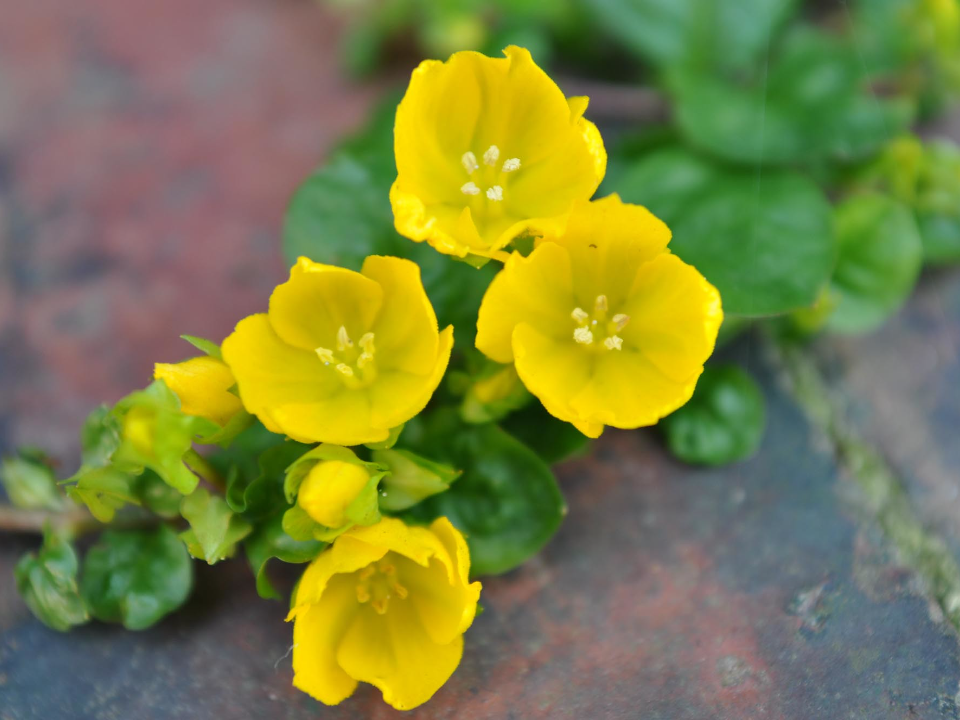
Creeping Jenny is a low-growing perennial with small, bright pink flowers that bloom in late spring. It is known for its ability to cover large areas quickly, making it a great ground cover for garden beds or hanging baskets. The flowers are delicate and appear in clusters, adding a pop of pink to the green foliage.
This plant thrives in moist, well-drained soil and can grow in both sunny and partially shaded areas. Creeping Jenny is often used to add a lush, carpet-like effect to garden spaces. Its low maintenance and quick-growing nature make it an excellent choice for gardeners looking to fill in areas with minimal effort.
Phlox (Phlox paniculata)

Phlox is a popular perennial with pink varieties that bloom in mid to late summer. The flowers are star-shaped and come in a variety of pink shades, ranging from soft pastels to bright magenta. Phlox is known for its sweet fragrance and its ability to attract butterflies and other pollinators.
This plant thrives in full sun and well-drained soil and is often used in borders or as a focal point in garden beds. Phlox is relatively easy to care for, requiring only occasional watering and deadheading to keep the blooms coming. Its ability to add both color and fragrance to the garden makes it a favorite among flower enthusiasts.
Shasta Daisy (Leucanthemum × superbum)
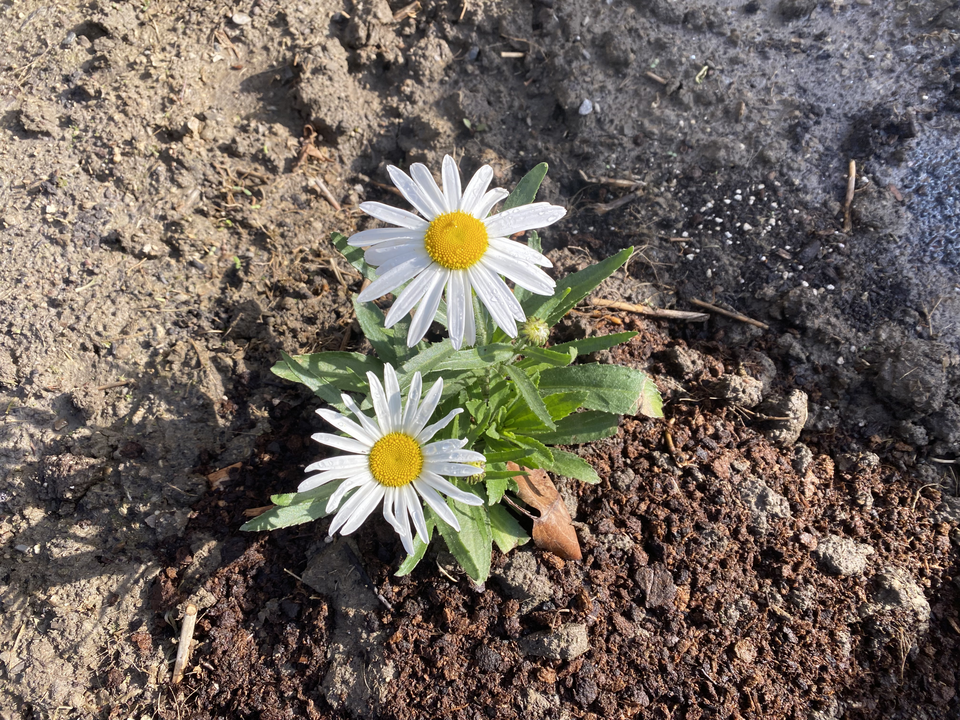
Shasta daisies are classic perennials that feature large white flowers with a bright yellow center and pink tips. They bloom in early to mid-summer, bringing a cheerful, summery feel to any garden. Shasta daisies thrive in full sun and well-drained soil, making them a great addition to sunny spots in the garden.
Shasta daisies are easy to grow and require minimal care, making them perfect for beginner gardeners. Their crisp, clean blooms and sturdy stems make them ideal for both cutting flowers and adding structure to garden beds. They are also excellent for attracting pollinators, such as bees and butterflies, ensuring a lively garden atmosphere.
Fuchsia (Fuchsia spp.)
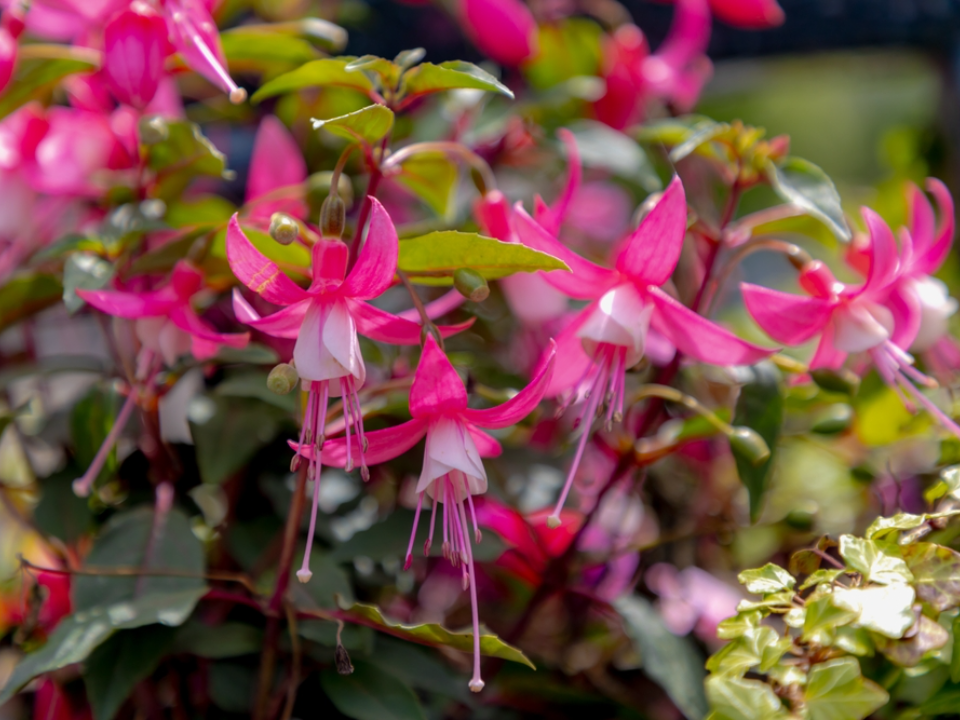
Fuchsia is a striking perennial with pendulous pink flowers that bloom in late spring to fall. The flowers are characterized by their tubular shape and vibrant color, often in shades of pink, purple, and red. Fuchsia thrives in partial shade and well-drained, moist soil, making it perfect for hanging baskets or shaded garden beds.
These plants require consistent moisture to keep their flowers looking their best. Fuchsia is often grown for its beautiful, showy blooms and can be a stunning focal point in hanging baskets or containers. With its dramatic, colorful flowers and lush foliage, fuchsia adds a touch of elegance to any garden.
Columbine (Aquilegia spp.)
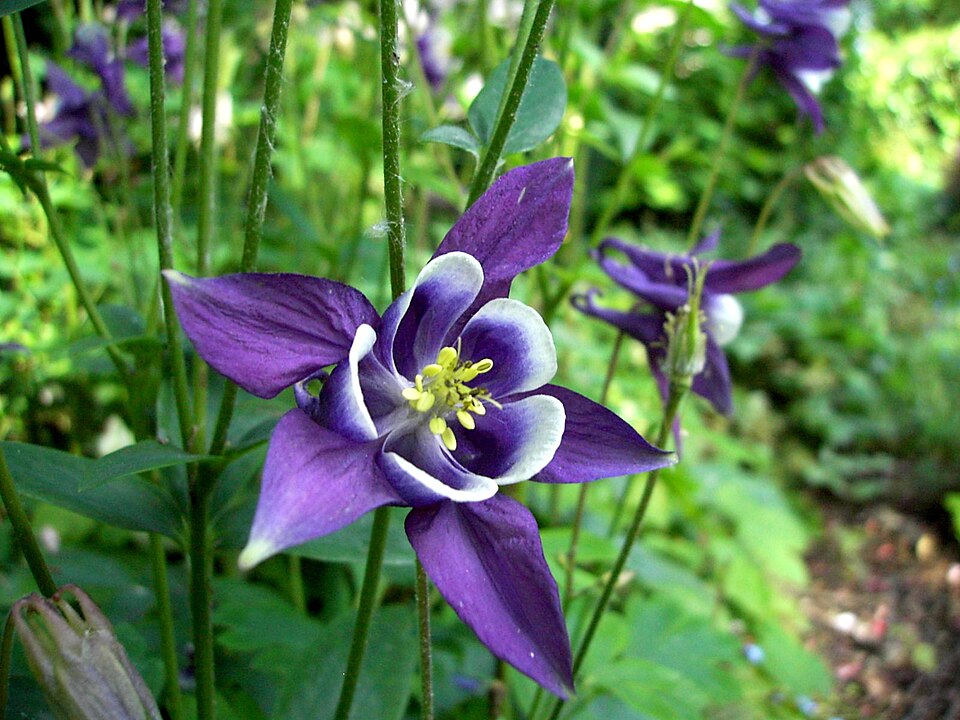
Columbine is a unique perennial with distinctive, spurred flowers that come in a range of colors, including soft pinks. These delicate flowers bloom in late spring to early summer and are perfect for adding an artistic touch to the garden. Columbine thrives in partial shade to full sun and prefers well-drained, slightly acidic soil.
The plant’s airy foliage and intricate blooms make it a beautiful addition to woodland or cottage gardens. Columbine attracts hummingbirds with its tubular flowers, making it a great plant for wildlife-friendly spaces. It is also a resilient plant, able to tolerate drought once established, and its ability to self-seed makes it a long-lasting addition to gardens.
Sweet William (Dianthus barbatus)
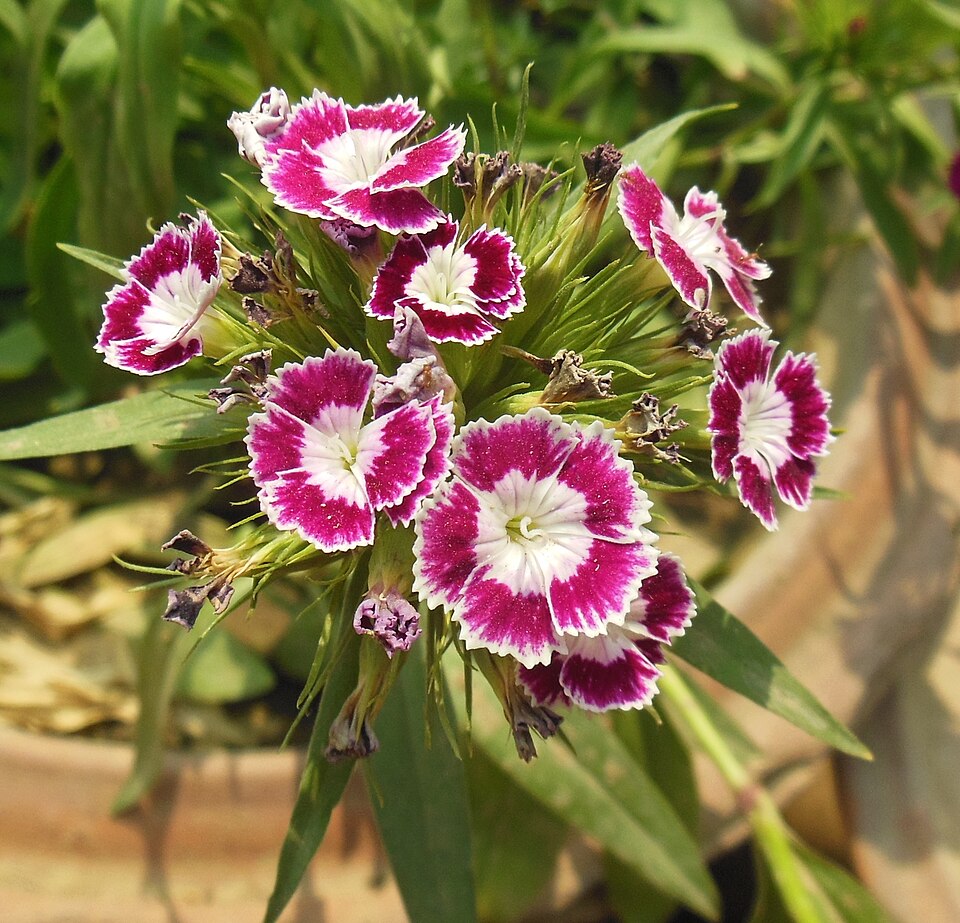
Sweet William is a fragrant perennial that blooms in a range of colors, including vibrant shades of pink. These flowers appear in clusters, creating a dense carpet of color in late spring to early summer. Sweet William prefers full sun and well-drained soil, making it a perfect choice for garden beds and borders.
This plant is known for its spicy-sweet scent, which makes it a favorite for fragrant gardens. The flowers are often used in floral arrangements due to their striking appearance and long-lasting blooms. Sweet William is also great for attracting pollinators, adding both beauty and functionality to any garden space.
Cistus (Cistus spp.)
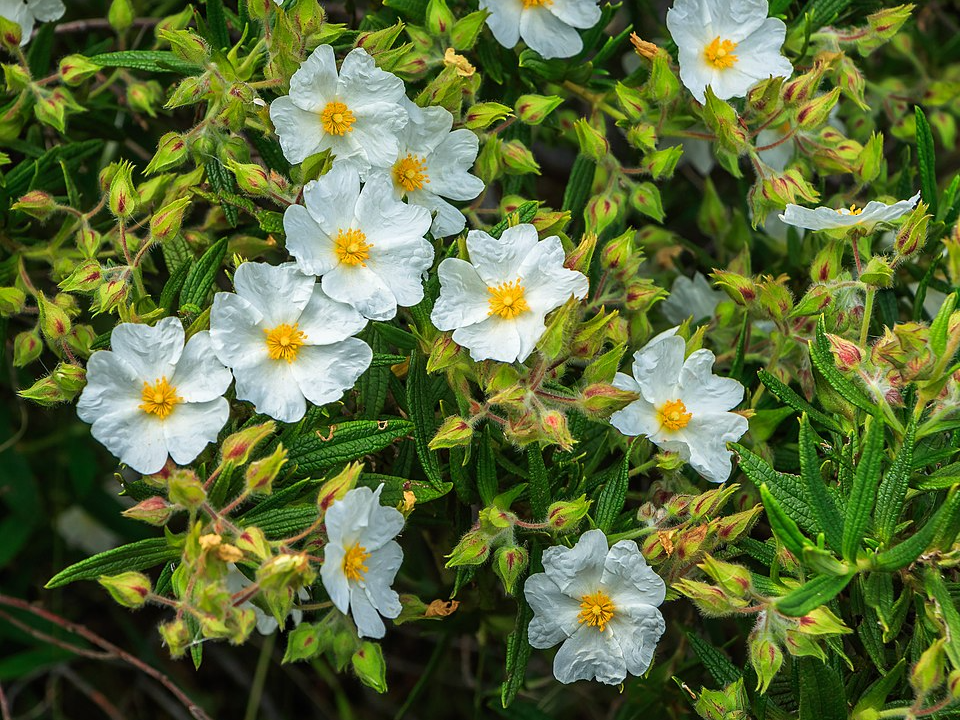
Cistus, or rockrose, is a hardy perennial that produces large, pink flowers in late spring to early summer. The flowers are often ruffled and have a crinkled appearance, creating a unique and textured look in the garden. Cistus thrives in full sun and well-drained, rocky soil, making it perfect for Mediterranean-style gardens.
This plant is drought-tolerant and can withstand dry conditions once established. Cistus is a low-maintenance plant, requiring minimal care to continue producing its vibrant pink blooms. Its ability to thrive in poor soil conditions and its tolerance for heat make it a fantastic addition to dry gardens or xeriscapes.
Gaura (Gaura lindheimeri)
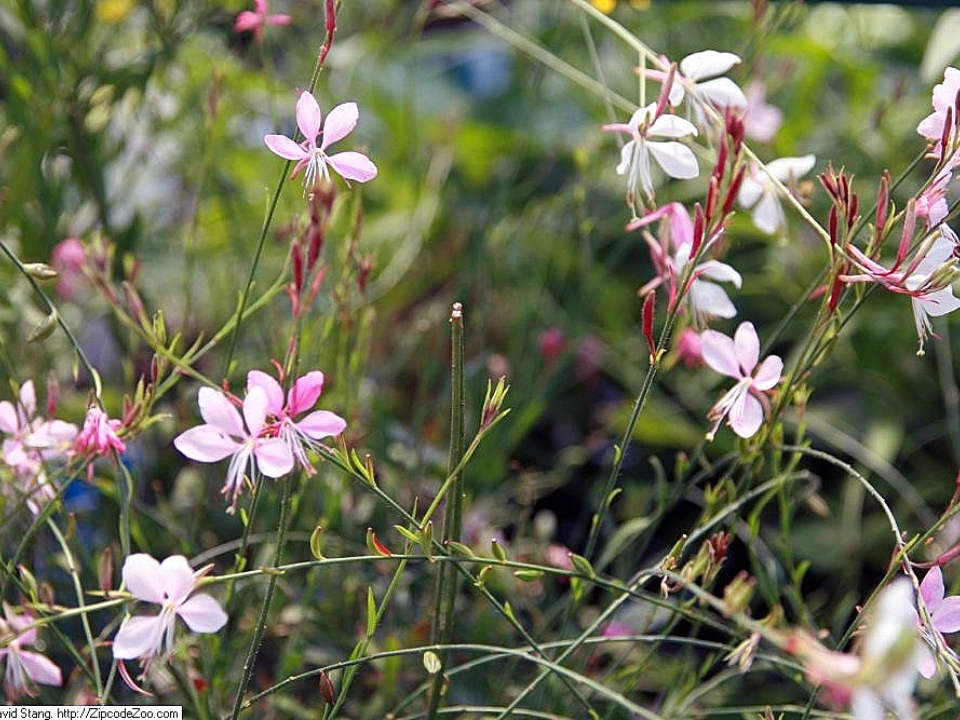
Gaura is a graceful perennial that produces pink, butterfly-like flowers in late spring to fall. Its airy stems and delicate blooms give it an elegant, wispy appearance, making it a great choice for adding movement and texture to the garden. Gaura thrives in full sun and well-drained soil, making it perfect for flower beds and borders.
This plant’s long blooming season makes it a great way to add continuous color to the garden. Gaura’s flowers attract pollinators such as bees and butterflies, ensuring a lively atmosphere. Its low-maintenance nature and ability to thrive in dry conditions make it ideal for drought-tolerant gardens or low-water landscapes.
This article originally appeared on Avocadu.

